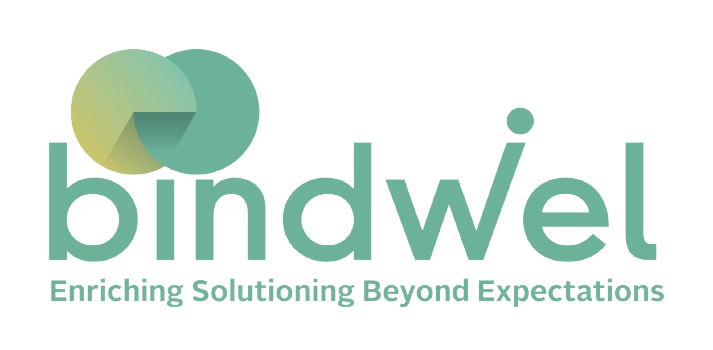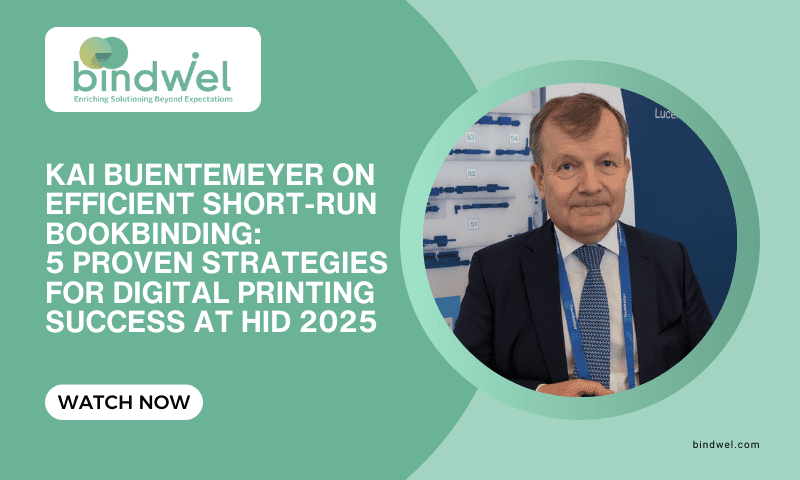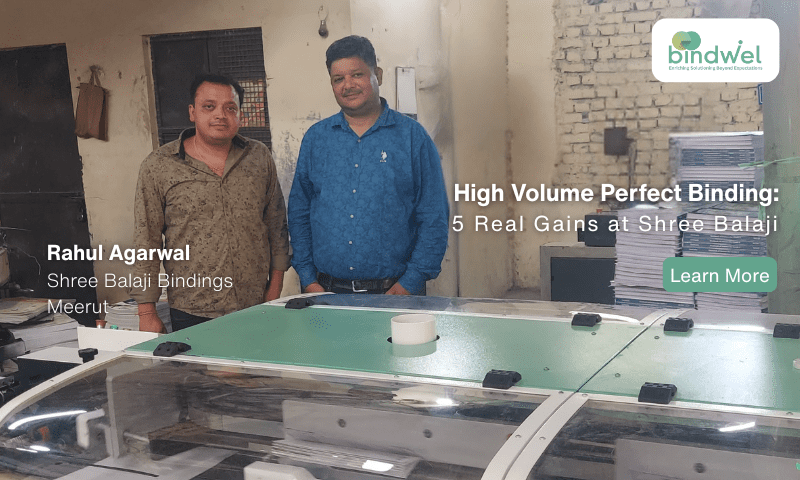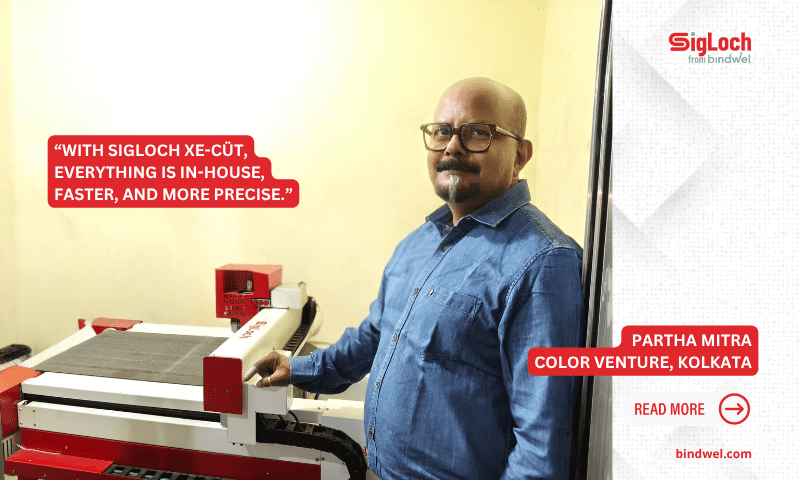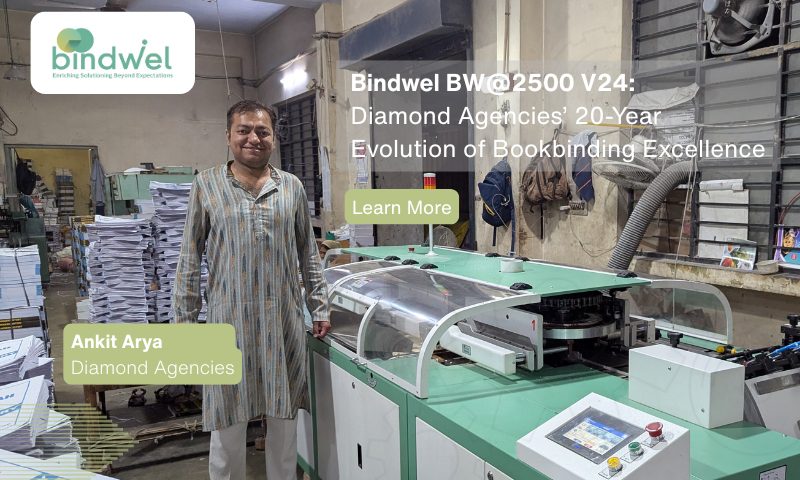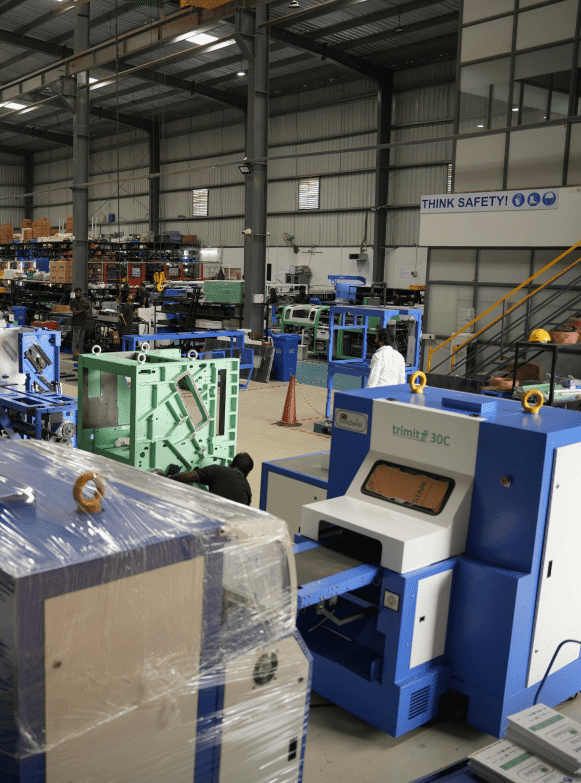📚 Efficient Short-Run Production: How to Increase Speed & Reduce Downtime
Short-run production is no longer an option—it’s a necessity in today’s digital printing world. But here’s the challenge: How do you handle short-run production efficiently, ensuring fast turnaround times without increasing operational costs?
At Hunkeler Innovation Days (HID) 2025, Lucerne, Kai Buentemeyer shared powerful insights into efficient short-run production, focusing on batch processing, three-knife trimming, post-press workflow automation, and scalable production solutions.
“When you make your concept for your new bindery, you are well advised to work on the basis of a natural paper batch size of about 1,000 books.” – Kai Buentemeyer
If you’re in the bookbinding industry, here’s how you can optimize your short-run production machines to improve efficiency and profitability.
🚀 Why Efficient Short-Run Production is Essential
Short-run production demands speed, flexibility, and precision. Traditional post-press methods often create bottlenecks, making it difficult for binding machine manufacturers and print businesses to keep up with growing digital print demands.
Kai Buentemeyer emphasized that adapting to modern post-press workflows is the key to maximizing efficiency.
For Bindwel, this means designing short-run production machines that support automation, batch processing, and seamless format transitions.
🔑 5 Strategies for Efficient Short-Run Production
1️⃣ Work in Natural Paper Batch Sizes (1,000 Books is the Sweet Spot)
Most digital presses use roll-fed solutions, where a 500kg paper roll produces around 1,000 books. Instead of processing books one at a time, batching in natural paper sizes creates a more efficient short-run production workflow.
📌 Why It Matters:
- Reduces machine downtime and frequent stops.
- Keeps post-press workflow aligned with digital printing speeds.
- Enhances three-knife trimming precision by processing similar-sized books together.
“A roll of paper in a digital press is about 500 kilograms, which translates into about 1,000 books.” – Kai Buentemeyer
✅ Bindwel’s efficient short-run production solutions ensure smooth batch processing while maintaining high-quality binding.
2️⃣ Organize Books by Format Before Trimming & Binding
Three-knife trimming and perfect binding machines function best when books are grouped by size and thickness before processing.
📌 Best Segmentation Approach:
✔ Small Books (A6) – 200 to 300 books per batch
✔ Medium Books (A5) – 200 to 300 books per batch
✔ Large Books (A4) – 200 to 300 books per batch
Grouping books into batches minimizes make-ready time and increases production speed.
“It will be most advisable and desirable to divide a batch into small, medium, and large books, giving you groups of about 200-300 books.” – Kai Buentemeyer
✅ Bindwel’s three-knife trimming solutions make this process seamless, ensuring efficient short-run production workflows.
3️⃣ Minimize Hidden Make-Ready Time in Post-Press Workflow
Machine setup delays in post-press workflow can eat into profitability. Reducing make-ready time is critical for efficient short-run production.
📌 How to Optimize Make-Ready Time:
✔ Process similar page counts together to reduce adjustments.
✔ Run A4 books first, then A5, then A6 to limit machine reconfiguration.
✔ Use scalable production solutions that support fast make-ready changes.
“You will run 200 books with hidden make-ready time that you don’t even realize because those books have different page counts.” – Kai Buentemeyer
✅ Bindwel’s perfect binding machines are designed for quick setup transitions, ensuring minimal make-ready delays.
4️⃣ Invest in Post-Press Automation for Maximum Efficiency
The future of efficient short-run production lies in post-press automation. Automated three-knife trimming and binding machines reduce labor costs and boost output.
📌 Post-Press Automation Should Cover:
✔ Three-Knife Trimming – Ensures high-precision cuts in batch processing.
✔ Perfect Binding Machines – Feature automated make-ready, reducing downtime.
✔ Integrated Post-Press Workflow – Connects printing, binding, and finishing into a single, seamless process.
“After running 200 to 300 books, you make a brief stop, adjust to the medium format, and then continue seamlessly.” – Kai Buentemeyer
✅ Bindwel’s bookbinding machines feature advanced post-press automation, making short-run production more cost-effective.
5️⃣ Future-Proof Your Bindery with Scalable Production Solutions
Scalable production solutions help print businesses adapt to short-run and high-volume production without frequent machine upgrades.
📌 Key Investment Considerations:
✔ Can the machine handle batch processing efficiently?
✔ Does it minimize post-press workflow disruptions?
✔ Is it automation-ready for future production growth?
✅ Bindwel’s scalable production machines are built to handle both short-run and large-scale production needs, ensuring long-term investment value.
💡 The Future of Efficient Short-Run Production is Here
The print industry is evolving, and those who optimize post-press workflows will dominate the market.
Efficient short-run production depends on:
✔ Batching books in natural sizes (~1,000 books) for better efficiency.
✔ Segmenting production (A4, A5, A6) to reduce trimming delays.
✔ Reducing hidden make-ready time in post-press workflow.
✔ Investing in post-press automation to scale operations.
✔ Choosing scalable bookbinding solutions that adapt to future needs.
Kai Buentemeyer’s message at HID 2025 was clear:
📢 “Efficiency is the future of production. The smartest workflows will define the next industry leaders.”
📣 Stay Ahead with Bindwel
📌 Looking to enhance your efficient short-run production workflow?
📌 Follow Bindwel for the latest innovations and expert insights in post-press automation!
🚀 The future of production is here—are you ready to scale smarter?
Follow Bindwel on Facebook, LinkedIn, Twitter, Instagram and YouTube for the latest industry updates, innovative solutions, and expert tips to optimize your production.
